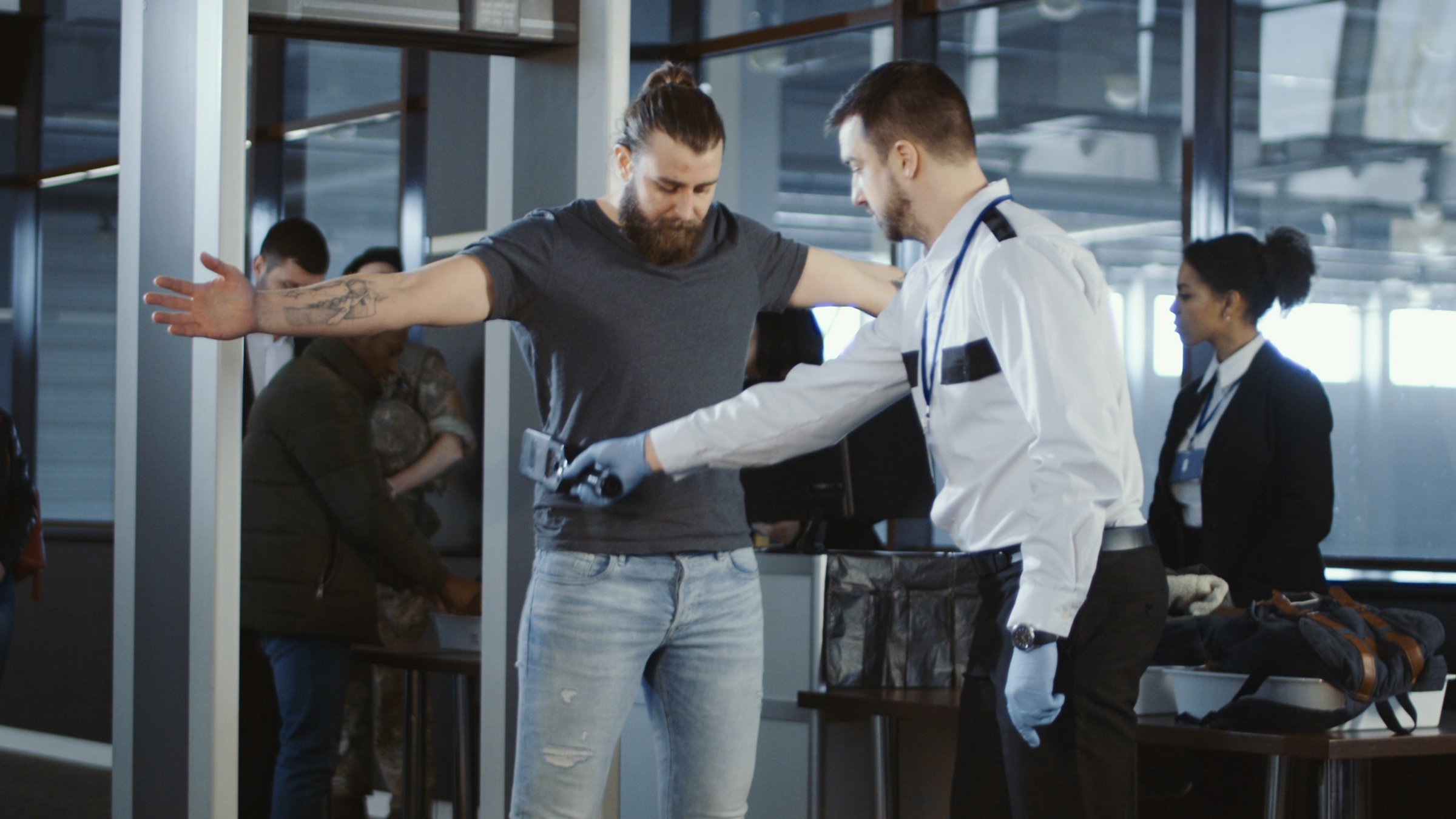Recommended For You
Challenge
The TRIP plans update 60% to 70% of each of the four Terminals – an incredible undertaking.
Solution
An Arena Simulation model was developed to understand the transition steps over the 7 year period and the resources needs to match the anticipated increase in passengers.
Results
Passenger details including wait times, frequency, and more were included to determine the proper scheduling for various workers needed in the expansion.
Background
Dallas/Fort Worth International Airport (DFW) is the third busiest airport in the world and serves the north Texas area as the primary international airport. Since its opening in 1973, the airport has grown to seven runways and five terminals with 165 gates and currently serves more than 64 million passengers annually.
In 2011, DFW began their seven-year, $2.7B Terminal Renewal and Improvement Program (TRIP) to “re-life and remodel the Airport’s legacy Terminals – A, B, C, and E.” The goal of the redevelopment program is to improve passengers’ travel experiences by incorporating new self-service technologies, enhancing concessions, expanding security checkpoints, reconfiguring ticket counters, and improving parking. The new Terminal A garage which, when completed, will become one of the largest parking garages in Texas, will be a five-level, 3 million-square foot garage with approximately 7,700 spaces and a parking guidance system.
A 25,000-square-foot, 10 gate “stinger” extension to Terminal B has been added, along with an extended international arrivals corridor and a new stop for the Dallas Area Rapid Transit (DART) light rail line. Additionally, DFW has made plans to accommodate a heavy rail line from Fort Worth.
Challenge
Dallas/Fort Worth International Airport (DFW) undertook an extensive $1.9B terminal renewal program to update the four original terminals (A, B, C, and E). While 70% of the effort involves back of the house updates to mechanical, electrical, etc., the passenger processing areas will also be renovated to improve passenger flows and support demand for the next 15-20 years.
Solution
DFW enlisted TransSolutions to perform simulation modeling to determine sizing and facility requirements for the passenger processing areas for the renovated terminal SSCPs.
Throughout the project, TransSolutions worked closely with the carriers, planners, architects, and Transportation Security Administration (TSA), in addition to the Airport staff. Queues and wait times for the proposed terminal designs were evaluated to determine if plans would provide sufficient processing capacity and areas. As part of a follow-on break-out team, each upcoming construction phase for the TRIP terminals was evaluated to determine if temporary SSCP lanes were needed to support expected passenger levels in affected terminal areas.
Passenger/employee demand was run through simulation models of DFW’s 11 SSCPs in the terminals of interest to estimate potential passenger waiting times and queue lengths throughout the day at each SSCP. The metering impacts of the check-in processes from previous TRIP departure hall analyses were taken into account to provide a realistic arrival pattern of passengers to the checkpoints.
For the analyses, TransSolutions selected Arena as it provided the flexibility to develop custom simulation models to specifically represent the SSCPs as existing and planned for the DFW TRIP terminals. The resulting statistics could be tailored to capture critical findings and to support valuable analyses and decision making for the DFW TRIP planners. Arena also provided the necessary power to allow for quick investigation of varying demand, operational, processing, and capacity scenarios. TransSolutions was also able to leverage previous experience and effort by utilizing proprietary modeling constructs developed in-house for quick model development.
TransSolutions’ analyses using Arena provided a powerful tool to collaboratively develop, analyze, and recommend SSCP solutions for the Team as well as performing similar analyses for other terminal areas to support various Airport business units, including customer service, parking, transportation, and public safety.
Results
TransSolutions’ analyses ensured the TRIP planners, DFW and TSA always had sufficient information to identify SSCP infrastructure, equipment, queuing, and capacity to meet passenger demand for the final terminal configurations as well as throughout the construction phasing.
Statistics were reported on passenger wait times, queue lengths, and associated Level of Service (LOS) at SSCPs. For areas that were projected to experience undesirable LOS, operational adjustments, increased staffing, and increased facilities were tested to identify appropriate additional requirements. The detailed analyses had a significant impact in helping the project stakeholders assess the terminal designs and construction phasing and gave them confidence that the terminals would provide passengers with the desired LOS for the future.
Publicado 1 de agosto de 2014
